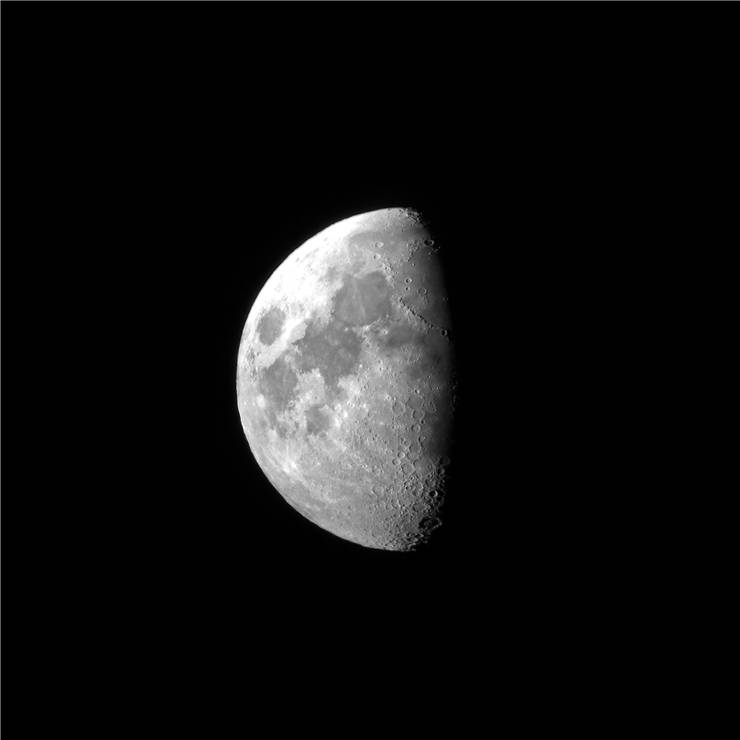Facts about Space Telescopes
Ever since mankind managed to reach the space in the late 1950s, the principal goal was to explore our universe, find out more about place we live in, and try to gather as much data as possible about not only our solar system, but also galaxy that we are part of. One of the most useful tools that we have sent to space are of course telescopes, which can be made in all shapes and sizes, with ability to work and observe large array of working ranges of electromagnetic spectrum, from Gamma Rays all the way to the Radio signals.
Here are some of the most important facts about space telescopes:
- First space telescope that was launched in space was Orbiting Astronomical Observatory 2 (OAO-2). It was launched on 7th of December 1968, and it remained in space for 1 month.
- First satellite launched into space for the sole purpose of collecting data about X-Ray astronomy was Uhuru (also known as X-ray Explorer Satellite, SAS-A, SAS 1 or Explorer 42). It reached space on December 12 1970. It remained active for 3 years. Most popular and useful X-Ray telescopes were placed on board BeppoSAX, Einstein Observatory (HEAO 2) and Advanced Satellite for Cosmology and Astrophysics (ASCA).
- Gamma Ray testing in space was also very useful to modern scientists. First space gamma ray telescope SAS 2 (Explorer 48) was launched in 1972. The latest Gamma ray telescope that is still in operation is Fermi Gamma-ray Space Telescope (2008- ).
- Exploration of space using telescopes that gather visible light was very successful, with two of the missions reaching incredible fame - Hubble Space Telescope (launched in April of 1990, and is still operational) and Kepler Mission (launched in 2009, with mission to look for planets orbiting distant stars).
- First telescope that was focused on Infrared and Submillimetre light was Submillimeter Wave Astronomy Satellite (SWAS) from 1998.
- Microwave observation of space was done with just 4 space telescopes – Cosmic Background Explorer (COBE, 1989-1993), Odin (2001- ), WMAP (2001-2010) and Planck (2009-2013).
- Radio astronomy was done with two probes – HALCA (1997-2005) and RadioAstron (2011- ).
- One of the most ambitious missions to bring telescope into space is James Web Space Telescope. With price tag of over 10 billion dollars, this space missions will enable us to see the space as never before with the lens array that has diemeter of over 6.5-meter (Hubble used single lens that is 2.4-meter wide).
- Space telescopes can be usually be separated in 3 general categories – those who are exploring the data coming out from Earth, those who are detecting electromagnetic signals from within our solar system, and those who are looking outside of our solar system.
